On our way to visit friends in Morong, the town below the site of the Philippine Refugee Processing Center, we passed through Balanga, the capital of the Province of Bataan (the Bataan of the Death March).
Colorful signs and tents in the plaza drew our attention.
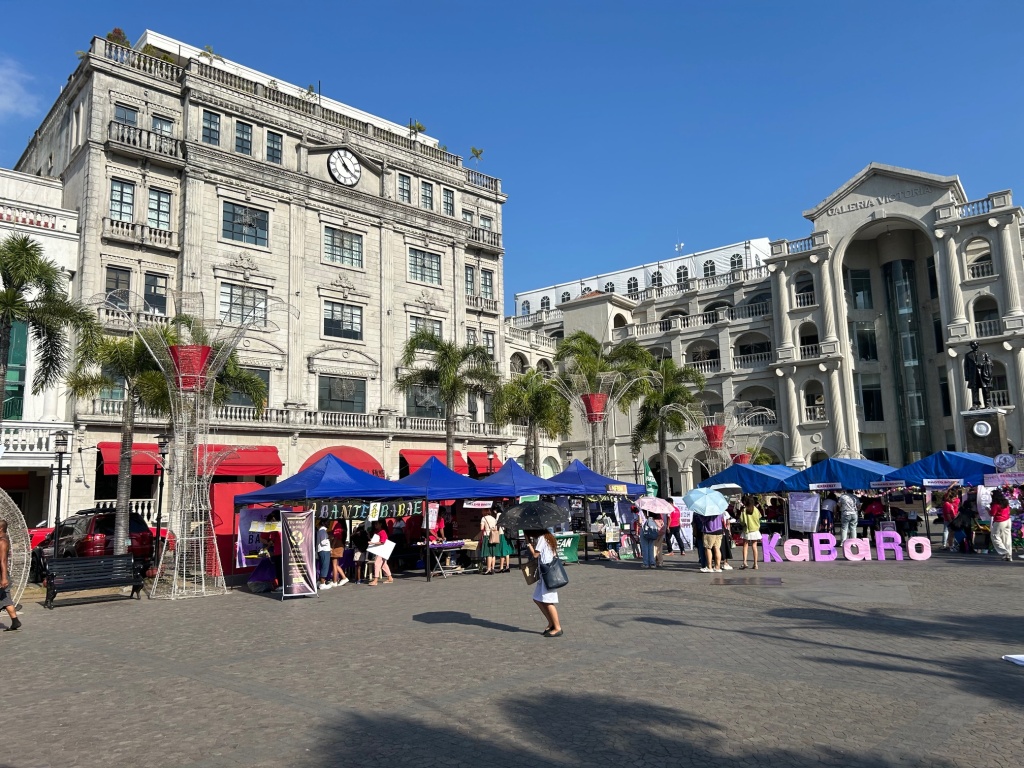
The Women’s Rights Festival (in connection with International Women’s Day) celebrates “KaBaRo”: the Women’s Movement of Bataan for Nature, Rights and Transformation.

“Abante Babae” means “Forward, Women.” This tent has information about Amnesty International’s work for human rights.
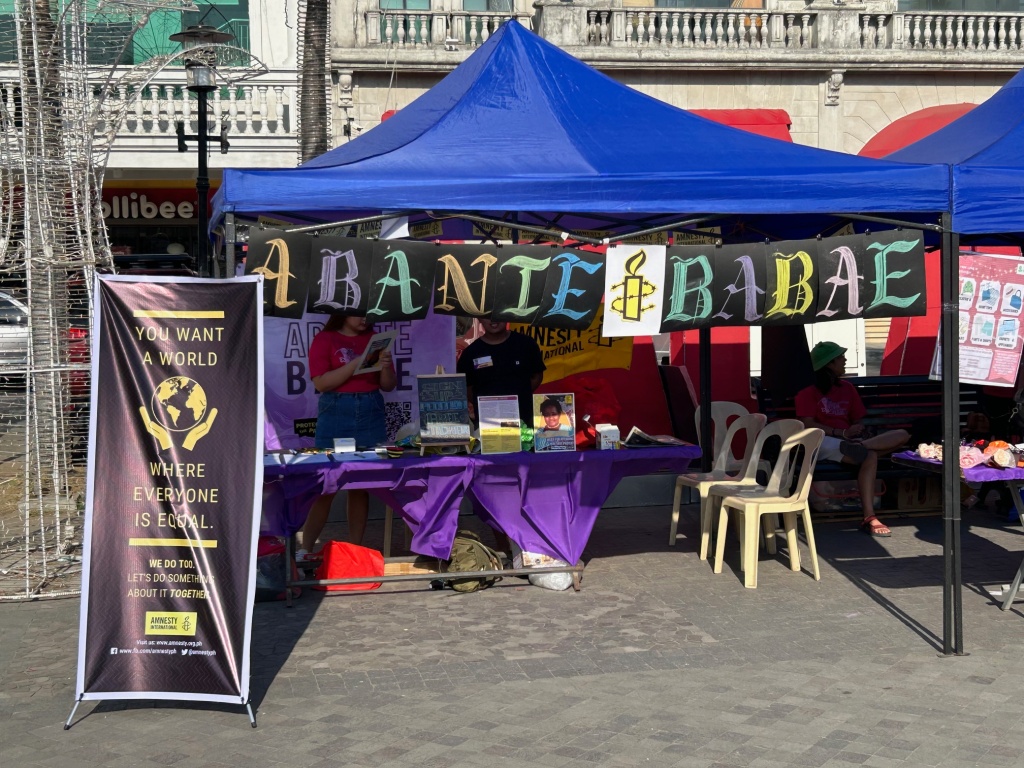
The Young Bataeños Environmental Advocacy Network focuses on many issues, among them the reduction of plastics use.
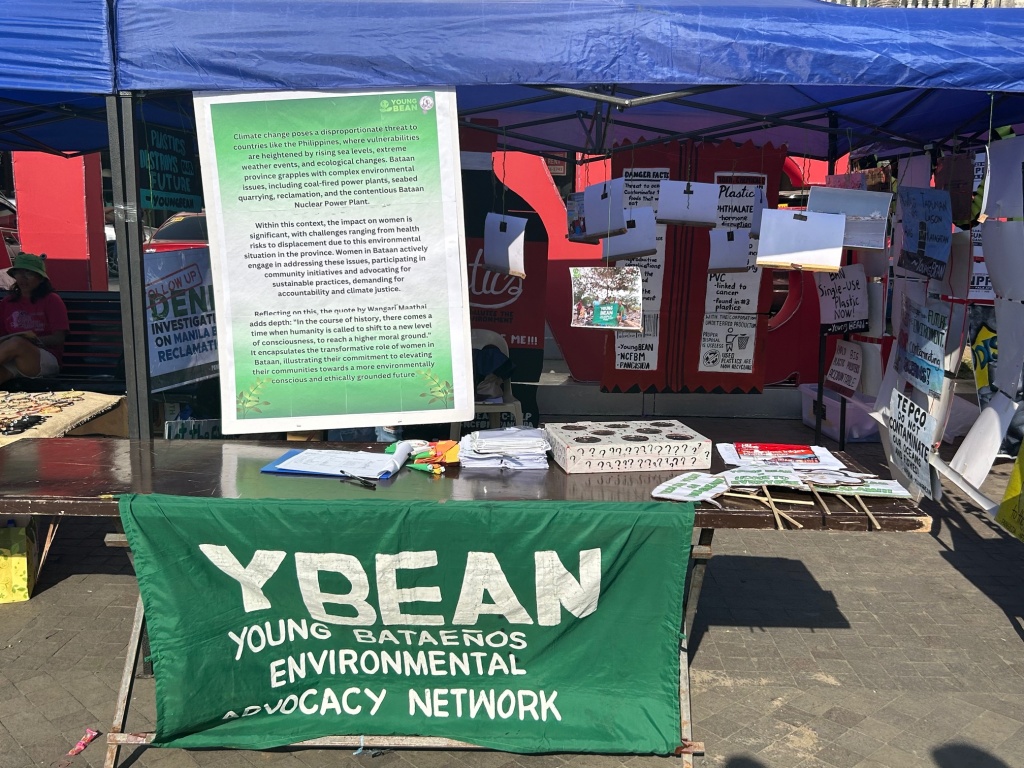
A table represents the cause of Palestinian rights.
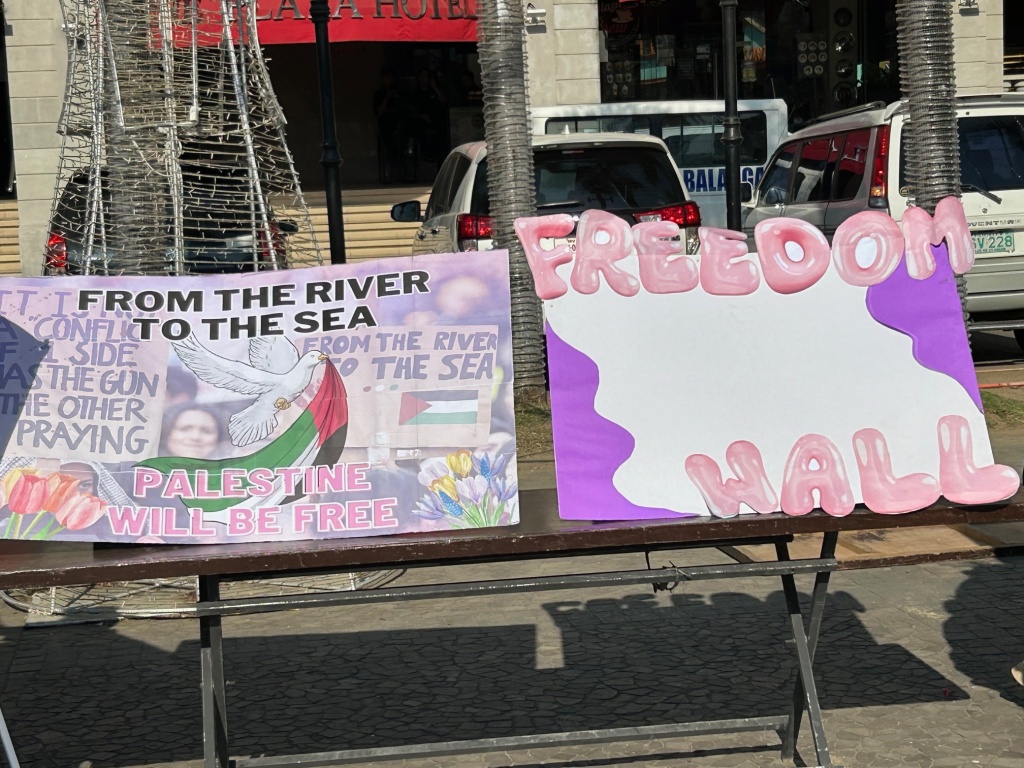
The largest presence, and the most interesting to me, is the display from the Nuclear-Free Bataan Movement and the Coal-Free Bataan Movement, whose leader Gloria Capitan is celebrated in a large poster on the right as a “She Hero”.

My family arrived in the Philippines in 1987, two years after a vigorous citizens movement forced the government of Ferdinand Marcos to abandon its plans to open the BNPP (Bataan Nuclear Power Plant), which we called Westinghouse after the main contractor. This movement was a precursor to the massive protest movement of early 1986, called “People Power” or “the EDSA Revolution,” that forced the Marcoses to flee the Philippines.
The Clamshell Alliance of the late 1970s did not succeed in preventing the Seabrook nuclear power plant in Seabrook, NH from opening; but like the Nuclear Free Bataan Movement, it did have a national, even international, ripple effect in slowing and halting the construction of further nuclear power plants.
On our way to the Refuge Processing Center, we drove past the large compound that housed the workers at Westinghouse, and then by the fenced area where the plant still stands. In addition to the many arguments that can be marshaled against nuclear power, this plant has a very important design flaw: it sits on top of a geological fault line!
The two photos below, subtitled “Then and Now,” tell the story of the Nuclear-Free Bataan Movement.
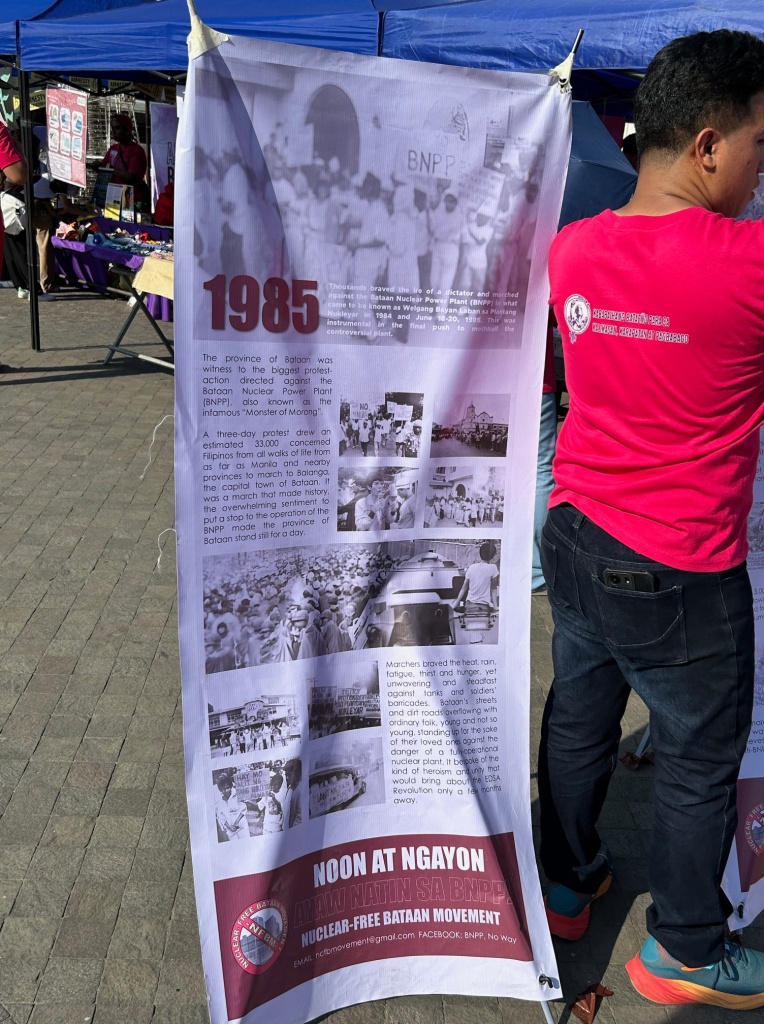
I learned that the plant raised its ugly head again in 2009, and once again a citizen movement prevented its opening.
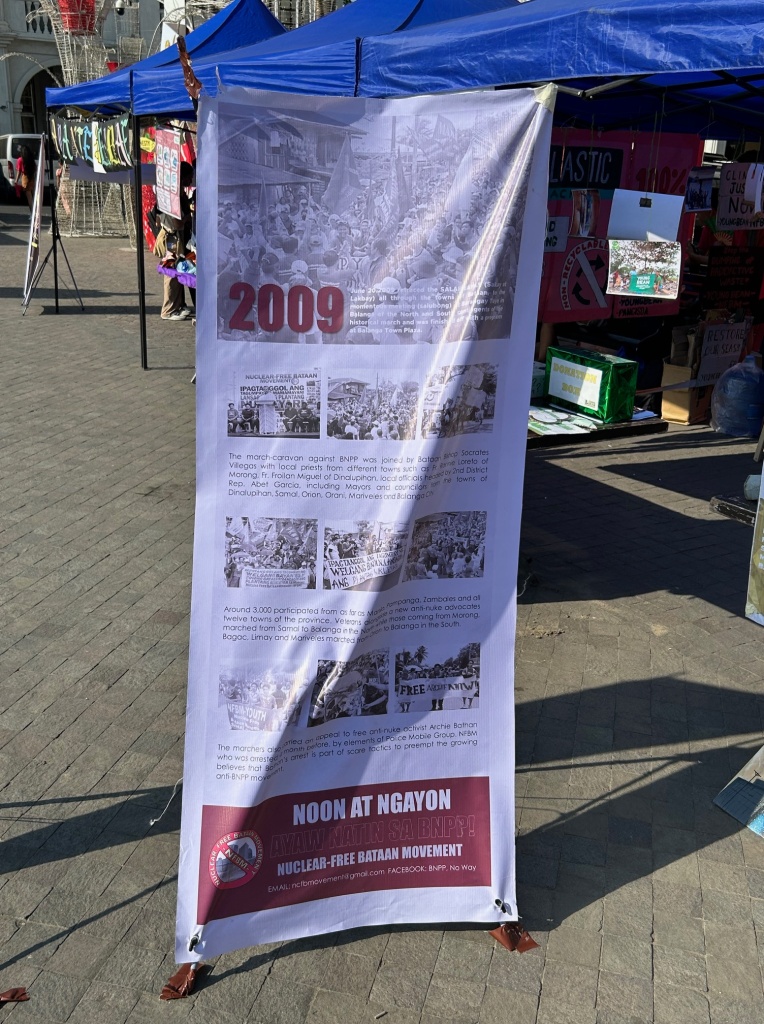
I also learned that the son of Ferdinand Marcos, the current president Bongbong Marcos, wants to commission the plant. He considers this part of his father’s unfinished legacy. I hope that the vigorous protest movement that has gathered will again succeed. The fault line has not gone away.
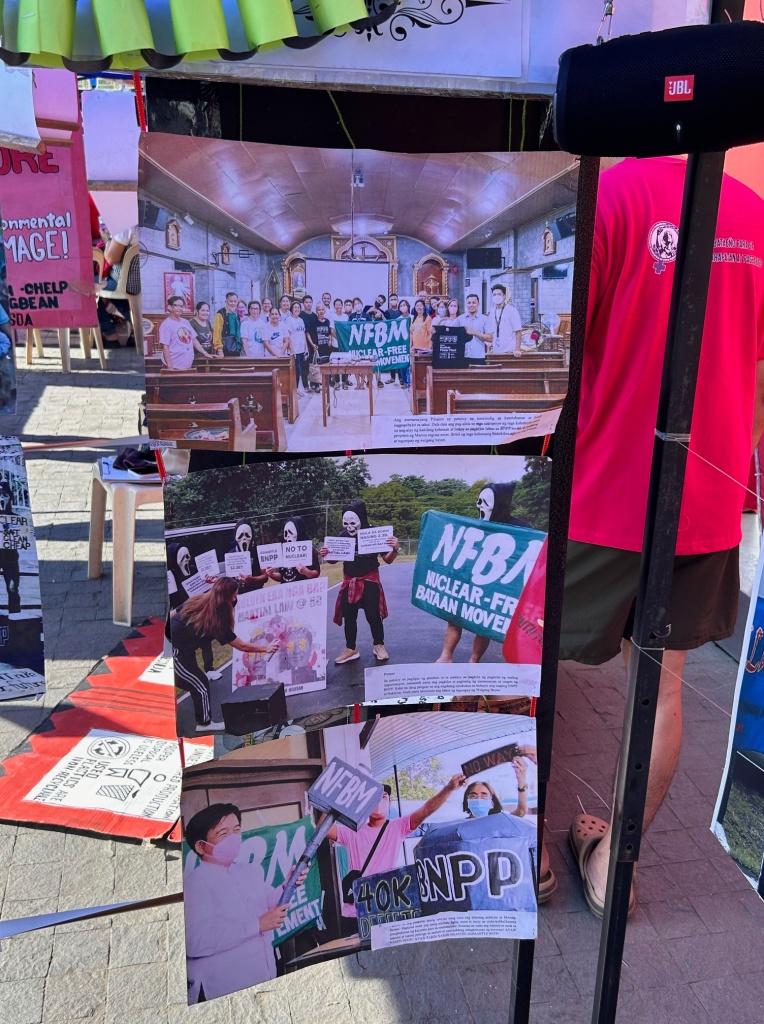
The word “welga” may sound familiar. Do you remember “Huelga” from the farmworkers’ movement? It means “Strike.” One poster says: “Fight for the Success of the People’s Strike.”
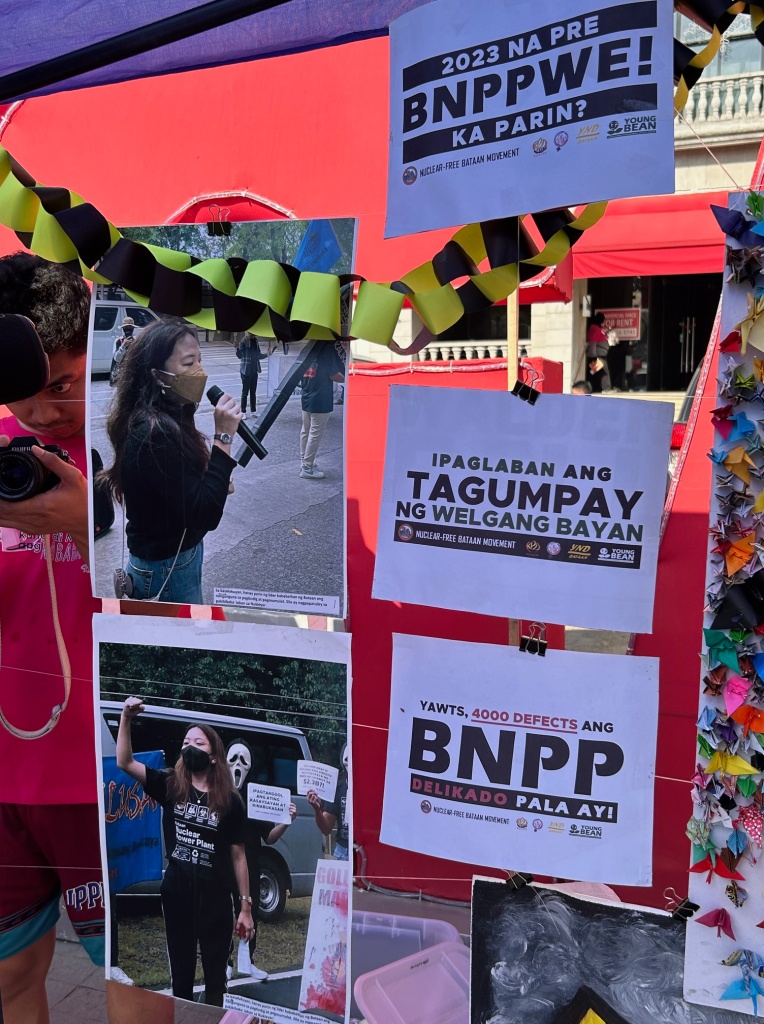
This petition lists multiple reasons why the BNPP should never be started up and demands its closure.
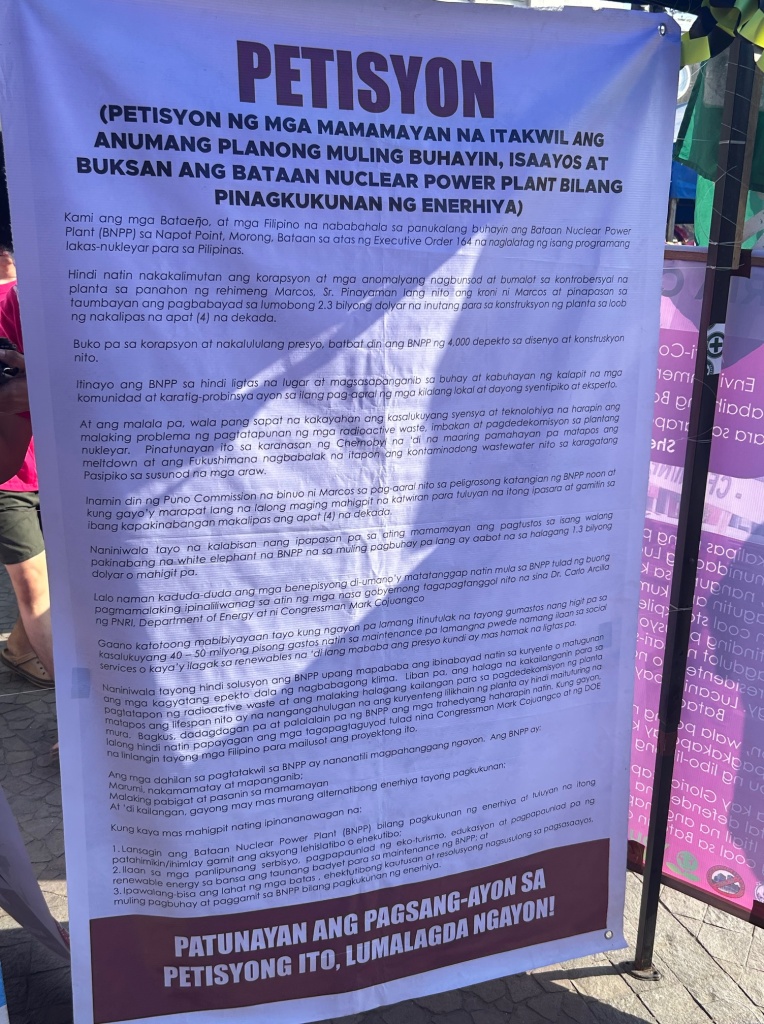
I did not try to understand all the words. I do understand that protest is alive and well in the Philippines, and this heartens me. A young activist spoke with me at length about the fight against nuclear power. I was filmed talking to him: I suppose that it’s a bit unusual for a silver-haired American to stop by for a visit! If that encourages them, great.
It certainly encourages me to see young people taking up the struggle against authoritarian government, here as well as in my home country. We need their energy and wisdom, and I believe they need ours.